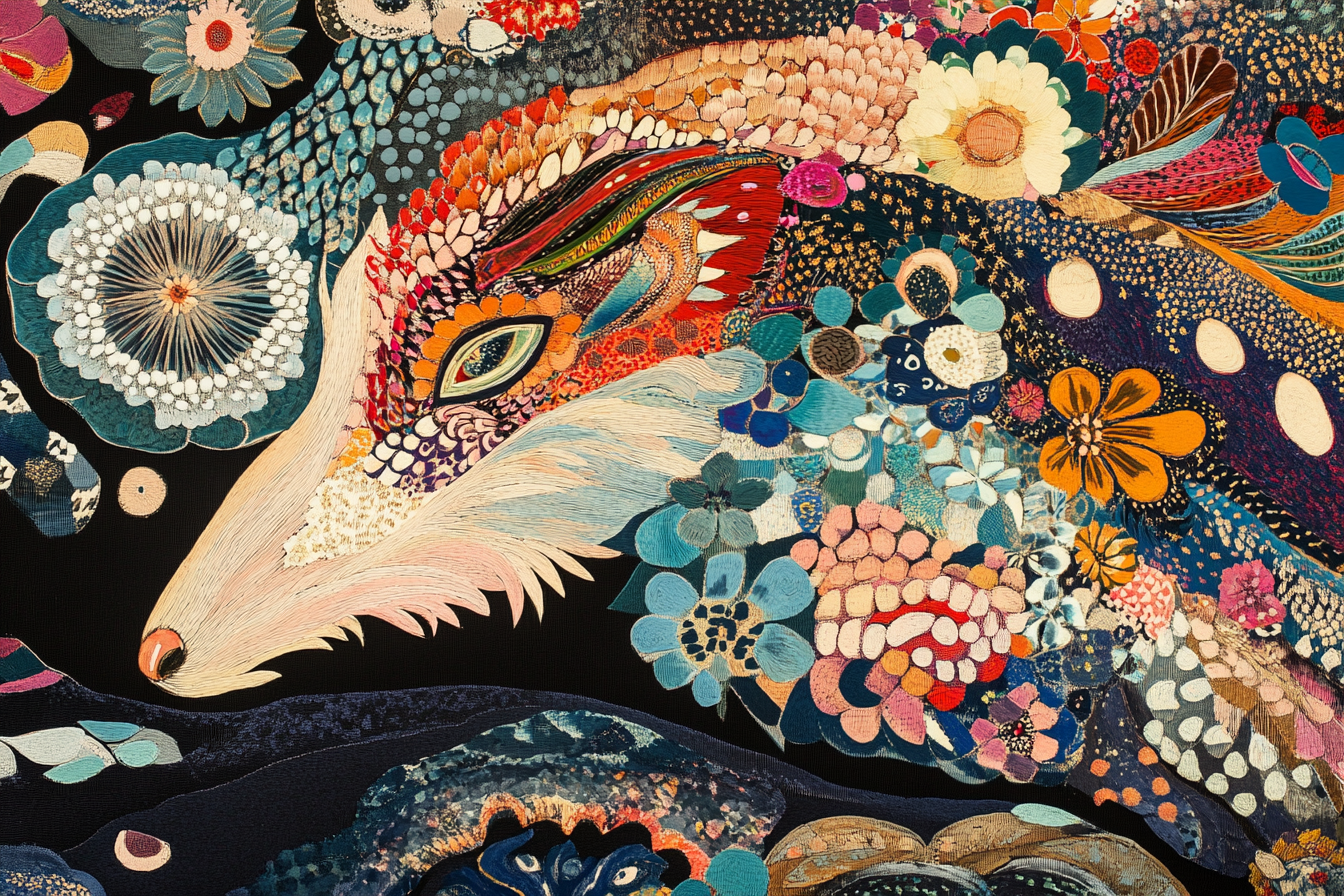In storytelling, animal motifs are a versatile and evocative trope, used to add depth, symbolism, and thematic resonance to narratives. From ancient myths to modern literature and film, animals have represented a wide range of ideas, emotions, and archetypes, making them one of the most enduring tools in a storyteller’s arsenal.
What Are Animal Motifs?
Animal motifs are recurring symbolic representations of animals in a story, used to convey meaning beyond the literal. These motifs can take many forms:
- A specific animal associated with a character.
- Imagery of animals in dreams, visions, or artwork within the story.
- Traits of animals mirrored in characters' behavior or personalities.
Animal motifs often serve as metaphors, embodying abstract qualities like courage, cunning, or innocence. They can also connect characters to nature, spirituality, or a particular cultural heritage.
Animal Motifs Across Genres
- Mythology and Folklore
- In mythology, animals often hold sacred or symbolic significance. For example:
- The serpent in many cultures represents wisdom, danger, or transformation, such as in Norse mythology’s Jörmungandr or the biblical story of Eden.
- The raven in Native American and Norse mythology is a symbol of knowledge and prophecy, often linked to deities like Odin.
- The lion, seen in Greek myths and medieval heraldry, symbolizes strength, royalty, and courage.
- Classic Literature
- Many authors have used animal motifs to explore themes or enhance characters. For example:
- In Moby-Dick by Herman Melville, the white whale represents obsession, the unknown, and the sublime power of nature.
- George Orwell’s Animal Farm uses farm animals to satirize political ideologies, with each animal embodying a specific societal archetype.
- In To Kill a Mockingbird, the mockingbird symbolizes innocence and the importance of protecting the vulnerable.
- Modern Cinema and TV
- Films and shows frequently use animal motifs for dramatic or symbolic effect:
- In The Lion King, animals embody themes of responsibility and the circle of life.
- HBO’s Game of Thrones ties each noble house to an animal sigil, such as the wolf for the Starks or the dragon for the Targaryens, emphasizing their identities and values.
- The Harry Potter series assigns magical creatures as symbols of the wizarding houses, such as the courageous lion for Gryffindor or the cunning serpent for Slytherin.
Thematic Power of Animal Motifs
Animal motifs are effective because they tap into universal human experiences and primal instincts. They allow storytellers to:
- Convey Complexity: Animals represent multifaceted ideas, making them ideal for exploring themes like duality (e.g., a raven as both ominous and wise).
- Bridge the Human-Nature Divide: They connect characters to the natural world, often reflecting their inner struggles or growth.
- Create Iconography: Strong animal motifs become synonymous with characters or settings, as seen in the Bat symbol in Batman.
Risks and Misuse of Animal Motifs
While powerful, animal motifs can feel clichéd if overused or applied superficially. For instance, repeatedly equating wolves with villainy can reinforce negative stereotypes, undermining nuanced storytelling. To avoid this, creators can subvert expectations—portraying traditionally feared animals, like snakes, as protectors or symbols of renewal.
Conclusion
Animal motifs remain a timeless and compelling tool in storytelling. Whether symbolizing human traits, exploring universal themes, or adding layers of meaning, animals invite audiences to delve deeper into a narrative’s world. By drawing on the rich tapestry of cultural and natural associations, storytellers use these motifs to create stories that resonate on both emotional and intellectual levels.
4o
